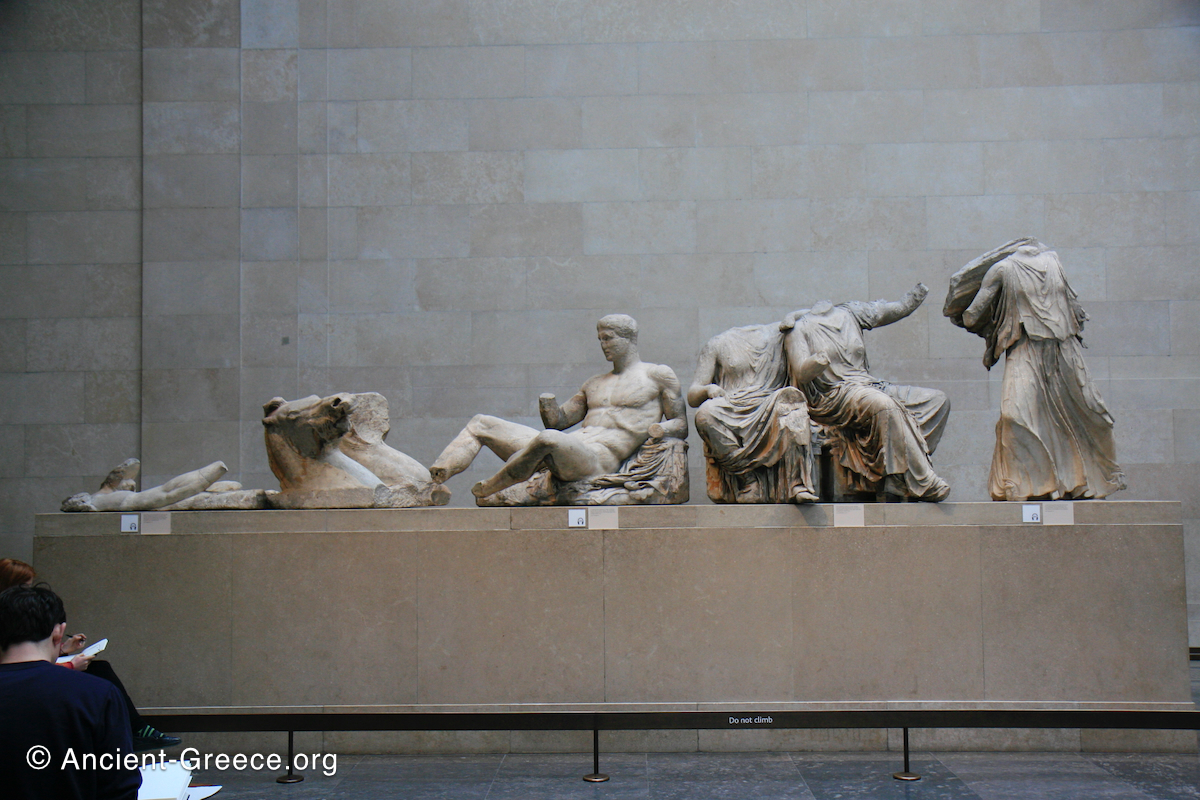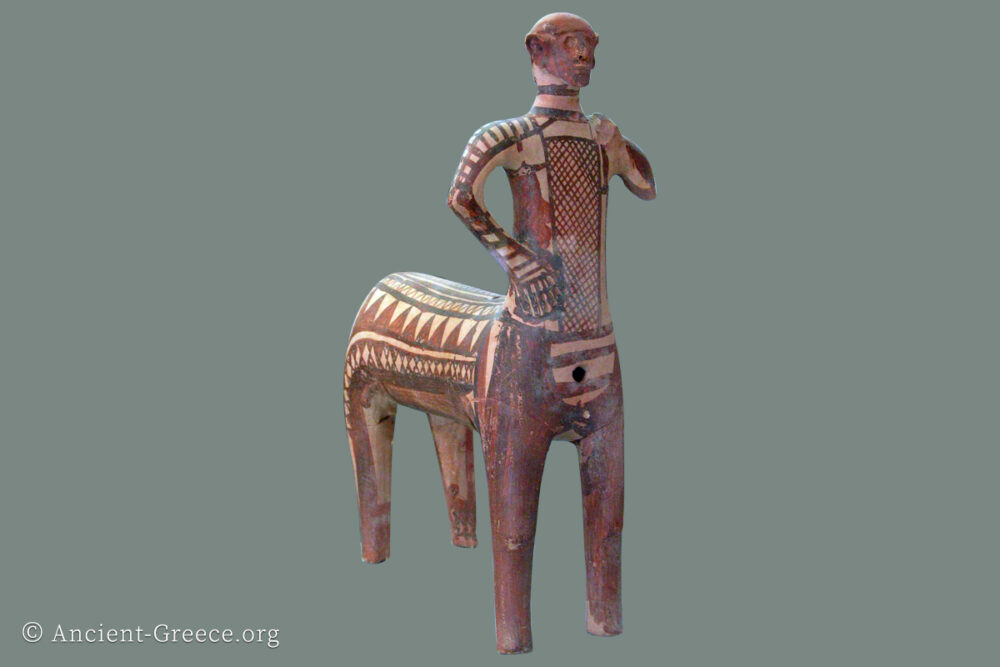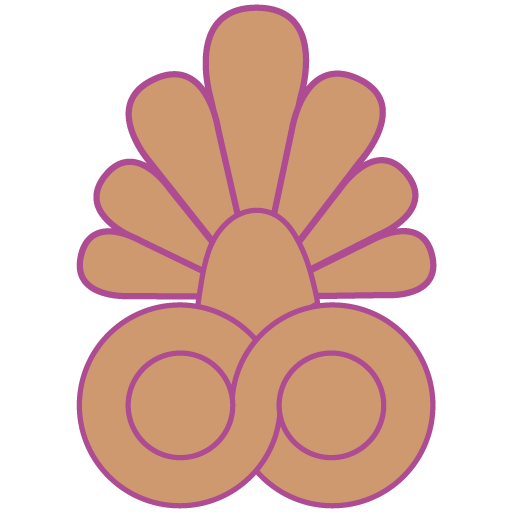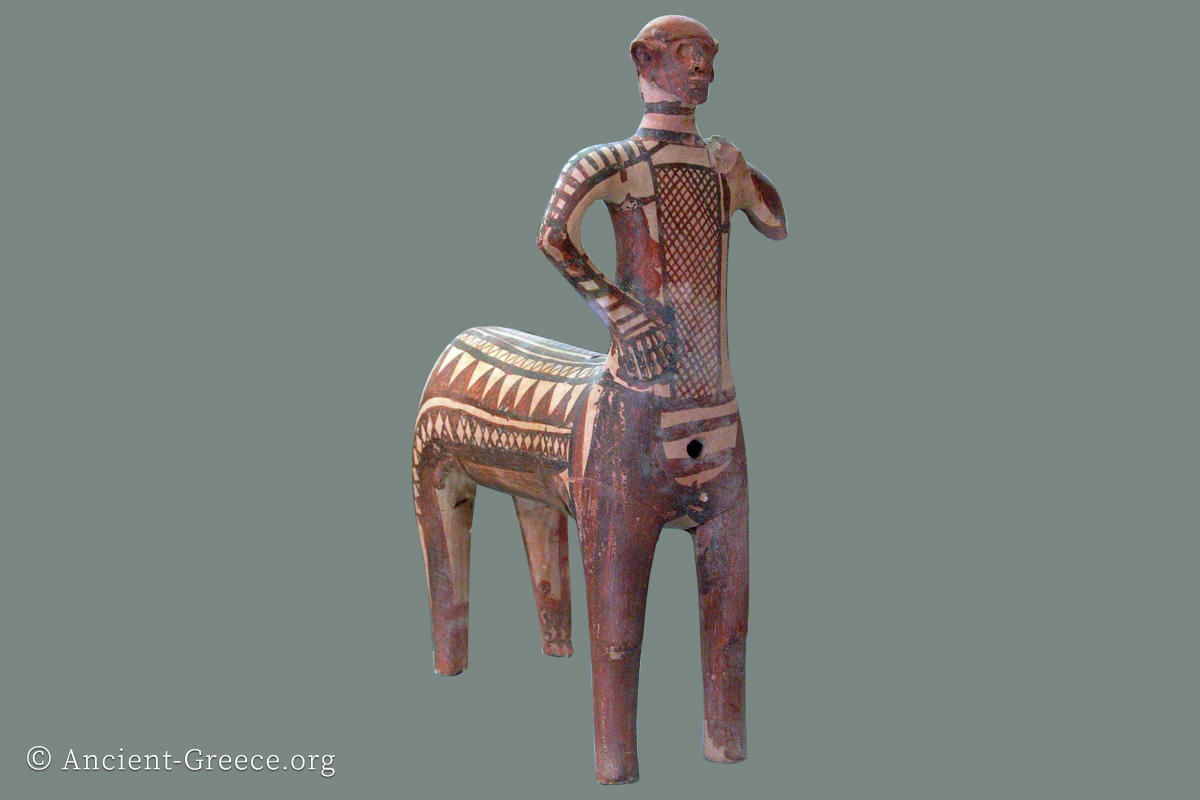Metic
-

British Museum: Greek Art
Read more: British Museum: Greek ArtThe British Museum is host to a plethora of Greek art and artifacts. Highlights include the sculptures of the Parthenon, the Mausoleum of Halikarnassos, and the Temple of Apollo Epikourios at Bassai, Linear B tablets, the Rosetta Stone,…
-

Agora of Athens Museum
Read more: Agora of Athens MuseumThe Archaeological Museum of the ancient Agora of Athens (Αρχαιολογικό Μουσείο Αρχαίας Αγοράς Αθηνών) is hosted in the Hellenistic Stoa of Atallos, inside the archaeological site. The Stoa of Attalos was rebuilt in the 1950’s from the ground…
-

Corfu Archaeological Museum
Read more: Corfu Archaeological MuseumThe Archaeological Museum of Corfu (Αρχαιολογικό Μουσείο Κέρκυρας) exhibits artifacts found in excavations in Corfu island and the surrounding area, from the Stone Age until the Roman era. Highlights from the exhibit include the archaic pediment sculptures with…
-

Delos Arhcaeological Museum
Read more: Delos Arhcaeological MuseumThe small archaeological museum located in the archaeological site of Delos and exhibits objects from the excavations that still take place on the island. Just like the archaeological site, it is accessible only by shuttle boat from nearby…
-

Delphi Archaeological Museum
Read more: Delphi Archaeological MuseumThe Archaeological Museum of Delphi shelters the wealth of artifacts unearthed during excavations at the Delphi oracle and its vicinity. It is located adjacent to the archaeological site, and it is one of the top must-see museums in…
-

Eleusis Archaeological Museum
Read more: Eleusis Archaeological MuseumΤο Αρχαιολογικό Μουσείο Ελευσίνας. The Archaeological Museum of Eleusis (or Elefsis) is a small museum, located on the low hill above the Telesterion. It shelters artifacts unearthed in the excavations of the surrounding site, ranging in age from…
-

Eretria Archaeological Museum
Read more: Eretria Archaeological MuseumΤο Αρχαιολογικό Μουσείο Ερέτριας (Archaeological Museum of Eretria) Hosts important archaeological artifacts from excavations in ancient Eretria, Touba, Xiropoli of Lefkandi, and Amarynthos, in the island of Euboea, from the Copper Age to the Roman era. The museum…
-

Minoan Art
Read more: Minoan ArtWhat has survived to our day from Minoan art provides insight into the culture that flourished in Crete during the Aegean Bronze Age. The art of the Minoans speak of a society of joyous disposition, in touch with…
-

The Harvester Vase
Read more: The Harvester VaseA masterpiece of low relief sculpture The Harvester Vase is a rhyton from Bronze Age Crete, Greece, unearthed in the Minoan villa known as Agia Triada. It was made of steatite, which is a green-brown soapstone, between 1500…
-

Heraklion Archaeological Museum
Read more: Heraklion Archaeological MuseumOne of the most important museums of Greece, the Heraklion Archaeological Museum (Αρχαιολογικό Μουσείο Ηρακλείου) displays artifacts from the numerous archaeological sites of Crete. The exhibitions span several millennia, beginning with finds from paleolithic Crete, and ending in…


